Ringø (Ring Island)
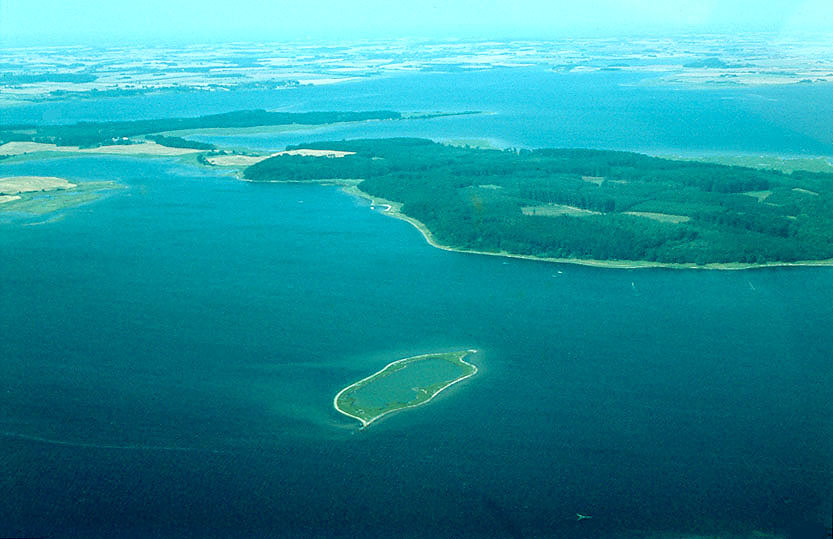 Ringø in Kattinge Vig, from the south east. Bognæs and Bredningen are in the background..
Ringø in Kattinge Vig, from the south east. Bognæs and Bredningen are in the background..
Kattinge Vig, surrounded as it is by Bognæs and Boserup woods and with the towers of Roskilde Cathedral peeping out over the hills, must be the most beautiful inlet in Denmark. All year round Kattinge Vig is the very epitome of a Danish Golden Age landscape, where ”the beech tops are reflected in the blue waters.” (This is a line from the Danish National Anthem).
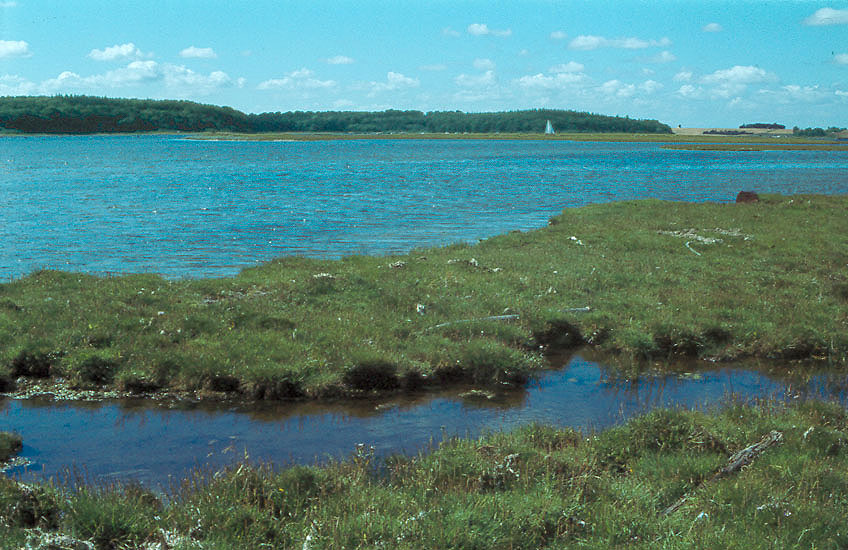 Ringø, from Askehoved, with Boserup forest in the background.
Ringø, from Askehoved, with Boserup forest in the background.
Ringø, probably the best known island in the fjord, lies in the middle of all this. As the name suggests, the island consists of a narrow strip of land encircling a shallow lake. The experts do not agree about its geological origin, so we will not speculate, but merely state that the north and south points end in a little reef, whilst the water around the rest of the island is quite deep.
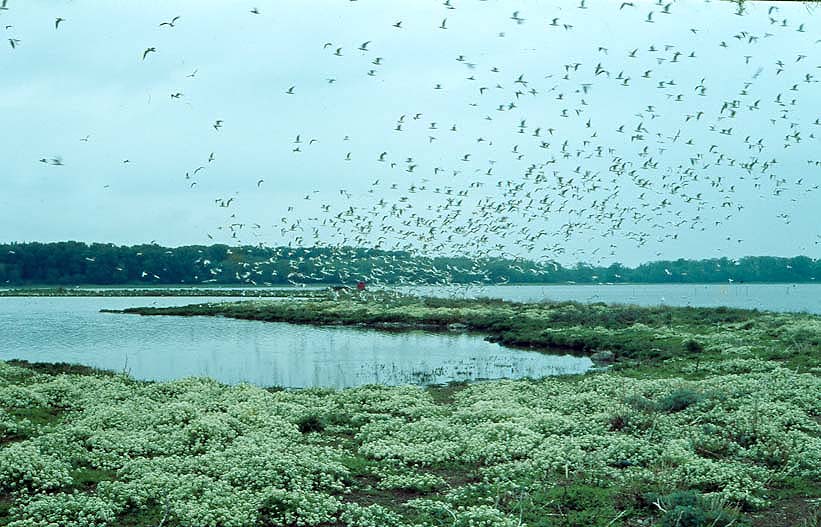 Black-headed gulls and flowering scurvy-grass on Ringø.
Black-headed gulls and flowering scurvy-grass on Ringø.
A sizeable black-headed gull colony dominates the island’s breeding birds. Some years there have been up to 5,000 pairs, other years there have been very few. In 1989 practically all breeding birds were driven away from Ringø by rats.
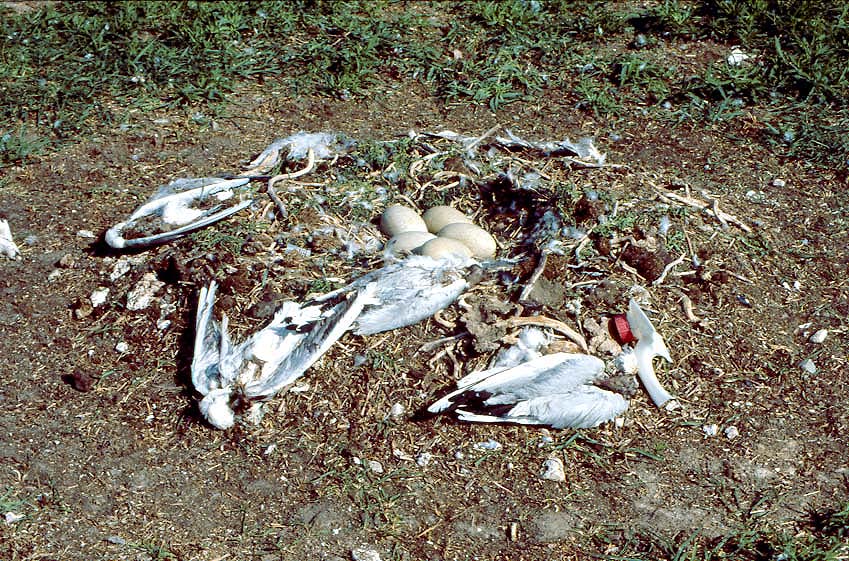 A swan’s nest made of the corpses of black-headed gulls killed by rats.
A swan’s nest made of the corpses of black-headed gulls killed by rats.
There were so many gnawed black-headed gull corpses lying around that the swans used them for nesting material. We were able to eradicate the rats and after a few years the birds began to return. In 1997 the black-headed gull colony was up to about 4,000 pairs again, but then a new problem arose – the birds did not have any young. Although the gulls laid about 12,000 eggs, not a single young bird survived in 2001, and something similar happened in 2002. Many explanations have been proposed, but none of them has been convincing. We have to admit that we have not been able to explain this phenomenon.
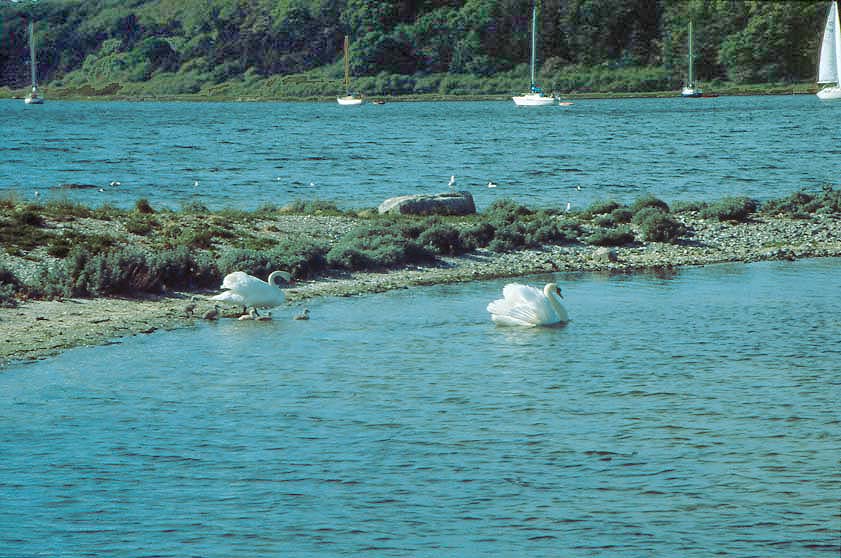 A swan pair leaving Ringø with their newly-hatched young. Bognæs can be seen in the background.
A swan pair leaving Ringø with their newly-hatched young. Bognæs can be seen in the background.
There is a medium sized swan- and common gull colony, and there are a number of species that favour brackish water, such as tufted duck, greylag geese and coot.
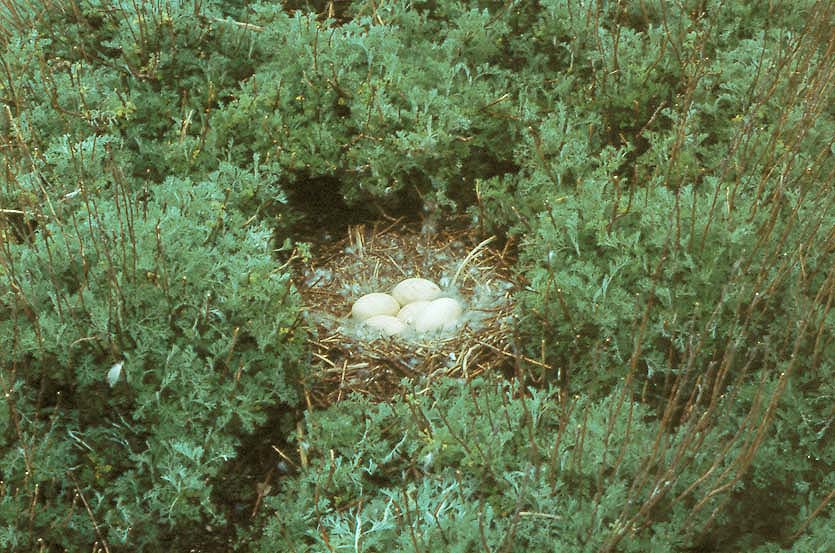 A greylag goose nest in sea wormwood on Ringø.
A greylag goose nest in sea wormwood on Ringø.
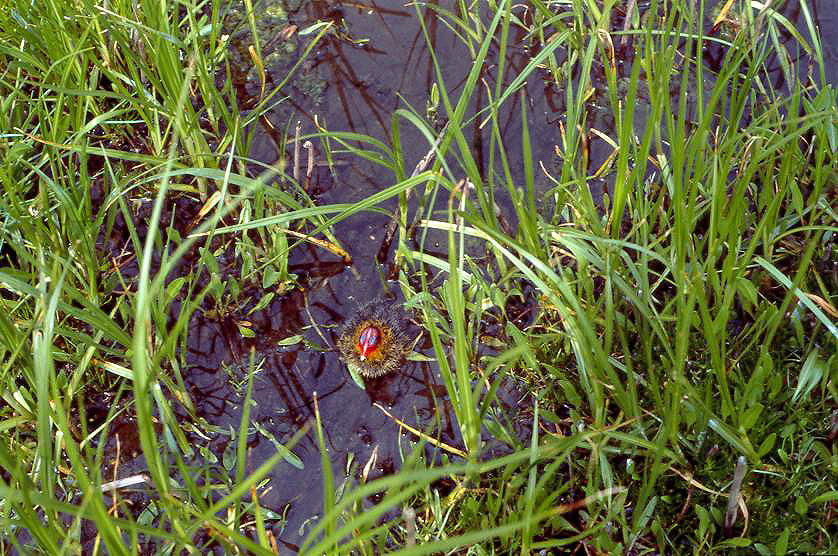 Coot chicks on Ringø.
Coot chicks on Ringø.
There have often been decent- sized colonies of common- and Arctic tern, but these also suffered from the rats. On the other hand, at least in 2002, the common tern managed to raise young, which does not make the case of the black-headed gulls any less mysterious.
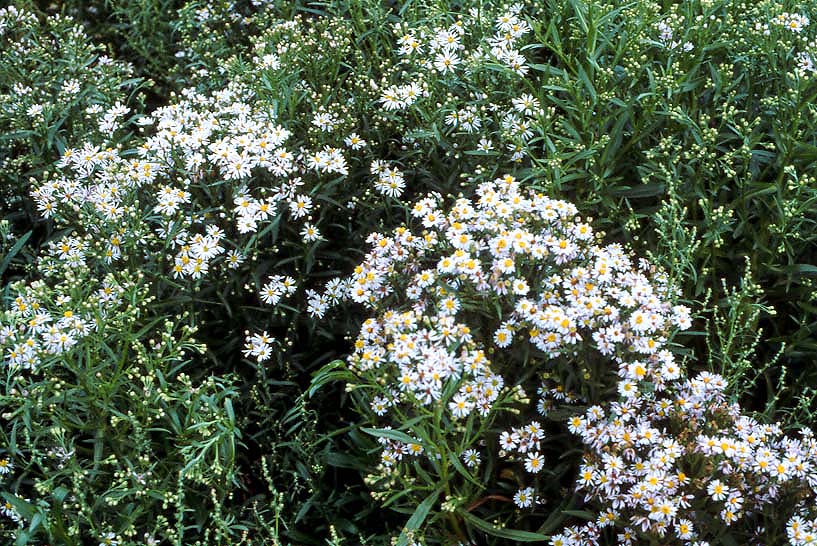 A greylag goose nest in sea wormwood on Ringø.
A greylag goose nest in sea wormwood on Ringø.
The vegetation is influenced by the lavish amounts of fertiliser from the gull colony. There are prticularly fine beds of sea asters, scurvy grass and wormwood , but sometimes the plants have had too much of a good thing and died of over-fertilization.
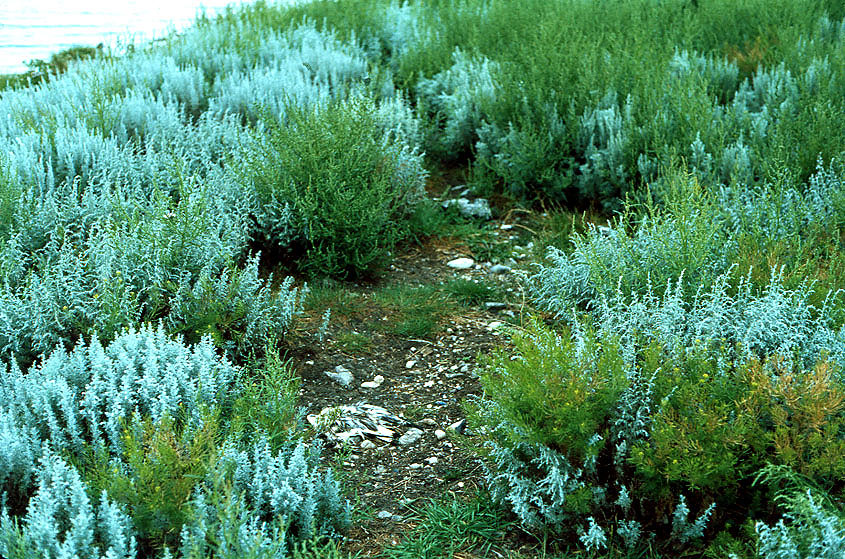 If there is too much fertiliser even sea wormwood and grass-leaved orache die
..
If there is too much fertiliser even sea wormwood and grass-leaved orache die
..
